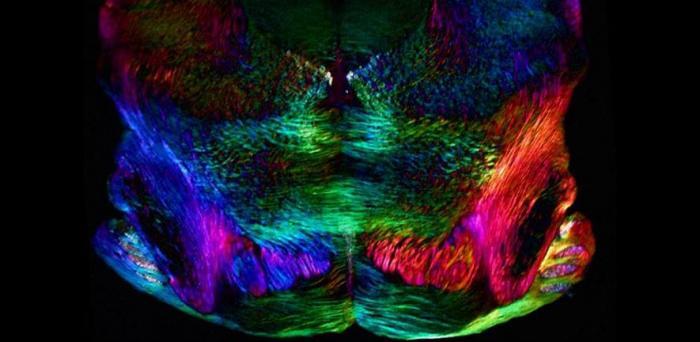In a study published in Molecular Psychiatry, the team show that changes in the extracellular matrix of the brain – ‘scaffolding’ around nerve cells – lead to loss of memory with ageing, but that it is possible to reverse these using genetic treatments.
Recent evidence has emerged of the role of perineuronal nets (PNNs) in neuroplasticity – the ability of the brain to learn and adapt – and to make memories. PNNs are cartilage-like structures that mostly surround inhibitory neurons in the brain. Their main function is to control the level of plasticity in the brain. They appear at around five years old in humans, and turn off the period of enhanced plasticity during which the connections in the brain are optimised. Then, plasticity is partially turned off, making the brain more efficient but less plastic.
PNNs contain compounds known as chondroitin sulphates. Some of these, such as chondroitin 4-sulphate, inhibit the action of the networks, inhibiting neuroplasticity; others, such as chondroitin 6-sulphate, promote neuroplasticity. As we age, the balance of these compounds changes, and as levels of chondroitin 6-sulphate decrease, so our ability to learn and form new memories changes, leading to age-related memory decline.
Researchers at the University of Cambridge and University of Leeds investigated whether manipulating the chondroitin sulphate composition of the PNNs might restore neuroplasticity and alleviate age-related memory deficits.
To do this, the team looked at 20-month old mice – considered very old – and using a suite of tests showed that the mice exhibited deficits in their memory compared to six-month old mice.
Image: Spatially oriented neurons (mouse brain)
Credit: Michael Shribak, Marine Biological Laboratory, Woods Hole, MA
Reproduced courtesy of the University of Cambridge
